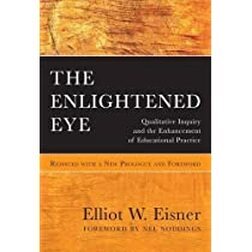Connoisseur
 Can educators or teachers or trainers be connoisseurs? Are they not, in fact, connoisseurs?
Can educators or teachers or trainers be connoisseurs? Are they not, in fact, connoisseurs?The word connoisseur came to English in 1714 meaning a critical judge of any art or one well-acquainted with any of the fine arts and thus competent to appreciate and pass judgment on its products. In fact, connoisseurship has been defined as ‘the art of appreciation’. The use of connoisseur to mean a critic in matters of taste (in food, wine, art, fashion, and so on) is from 1796.
Connoisseur is from French connoisseur and Old French conoisseor (an expert, a judge, one well-versed). The word connoisseur has its origins in Latin cognoscere (to get to know, to become well-acquainted with), from Latin com (with, together) + gnoscere (to recognize).
Latin gnoscere is from the Proto-Indo-European (PIE) root gno (to know), the source of many knowing-related words such as acknowledge, cognition, cunning, diagnosis, gnome, ignorant, recognize, and others.
Educators and trainers can know from practical experience what to ‘see’ and ‘know’ when watching learners express in words or actions what they are learning or have learned. Could we say that such learners and learning activities are being assessed and judged with the eye of connoisseurship?
Reference: Online Etymological Dictionary, https://www.etymonline.com/
https://infed.org/mobi/elliot-w-eisner-connoisseurship-criticism-and-the-art-of-education/
(Updated: 7 April 7 2021, by infed.org)
Published on January 03, 2023 09:00
No comments have been added yet.



